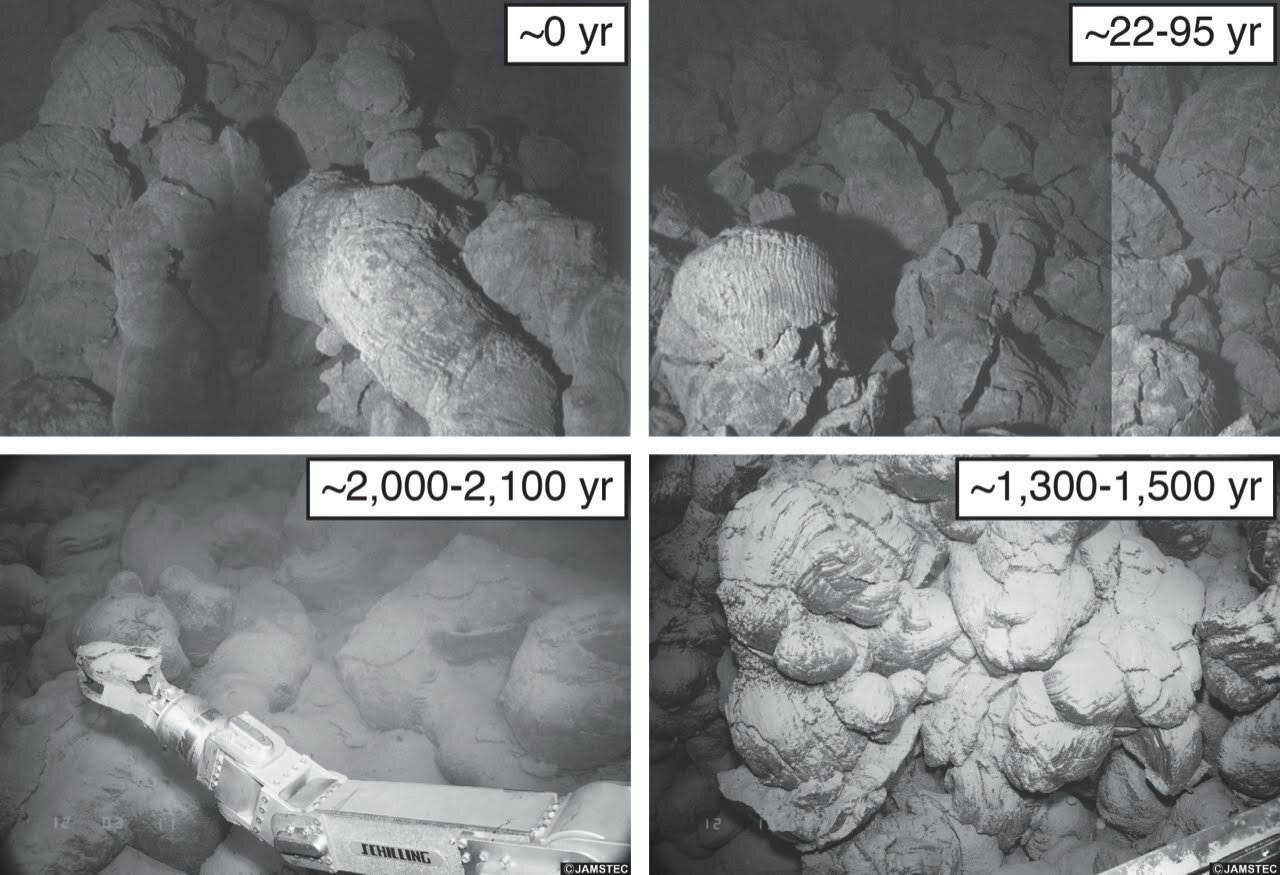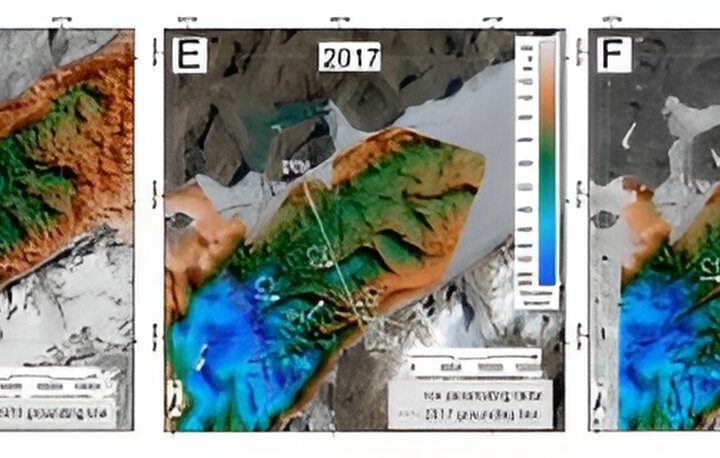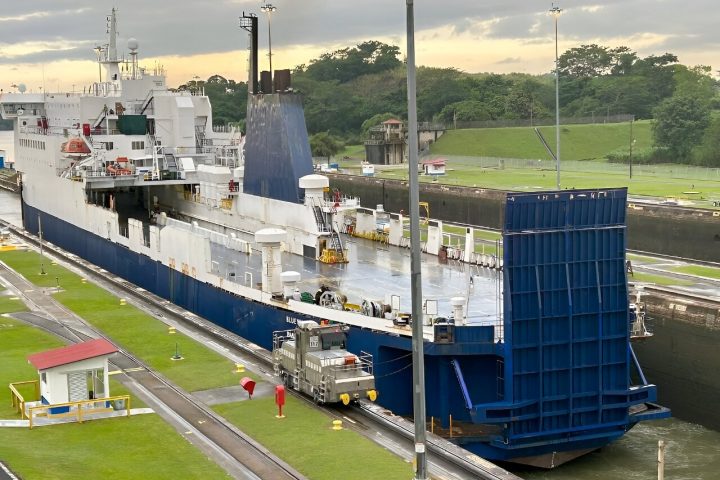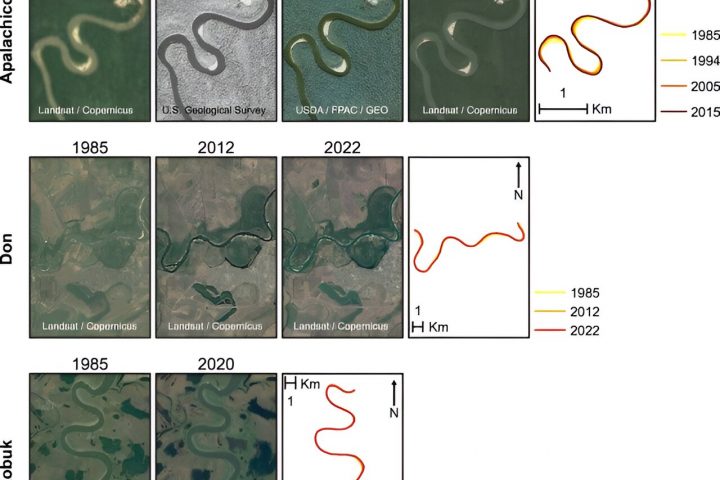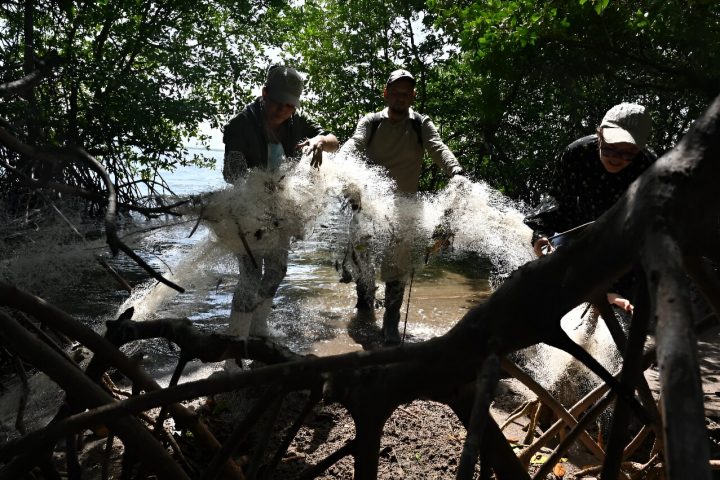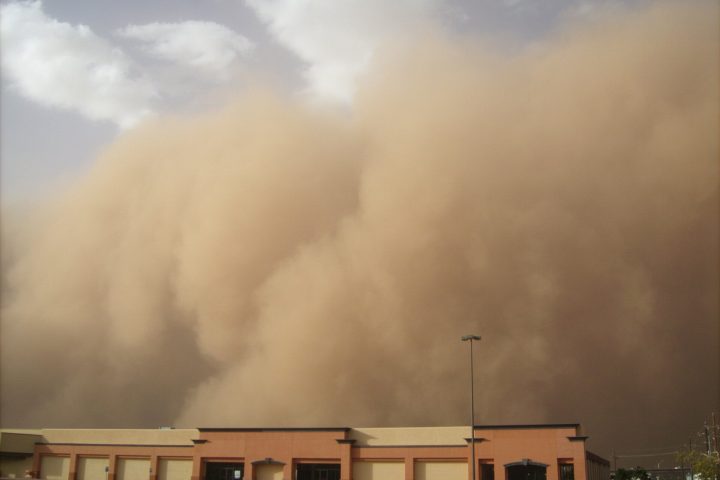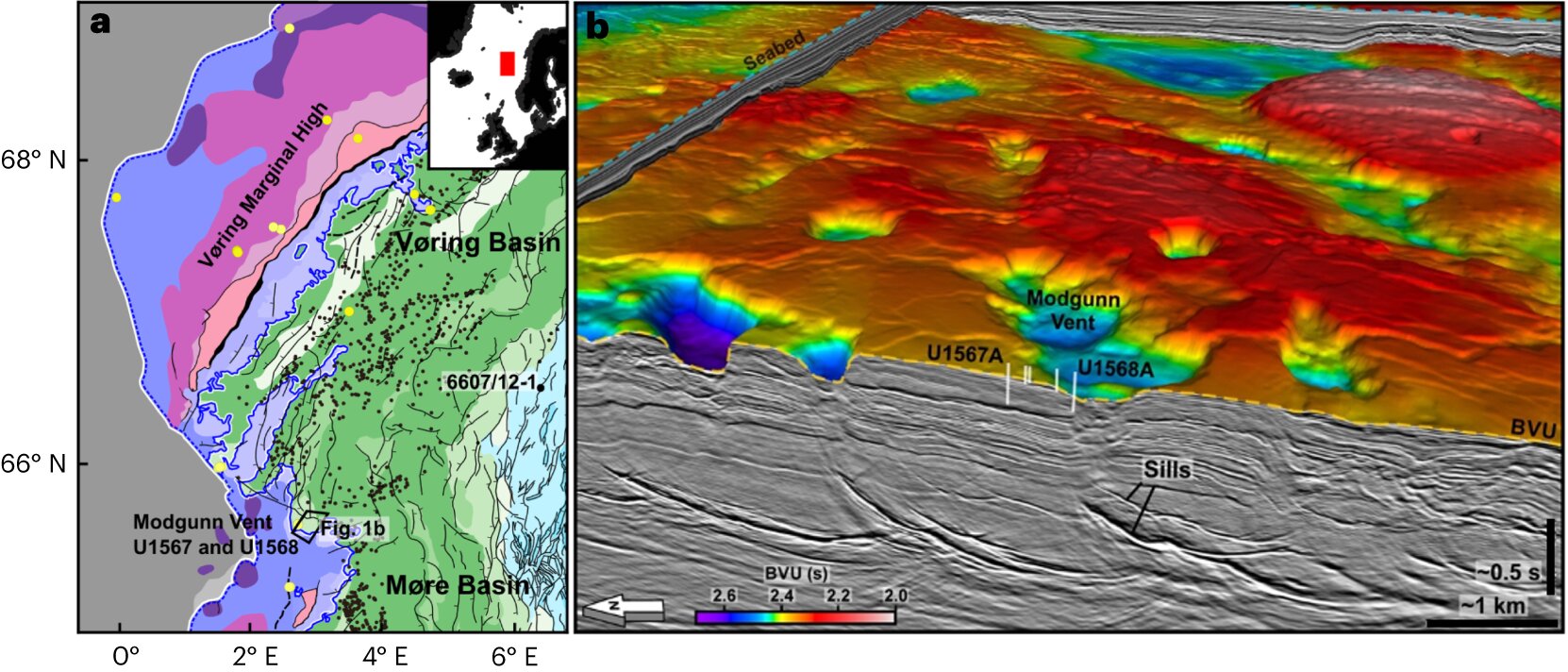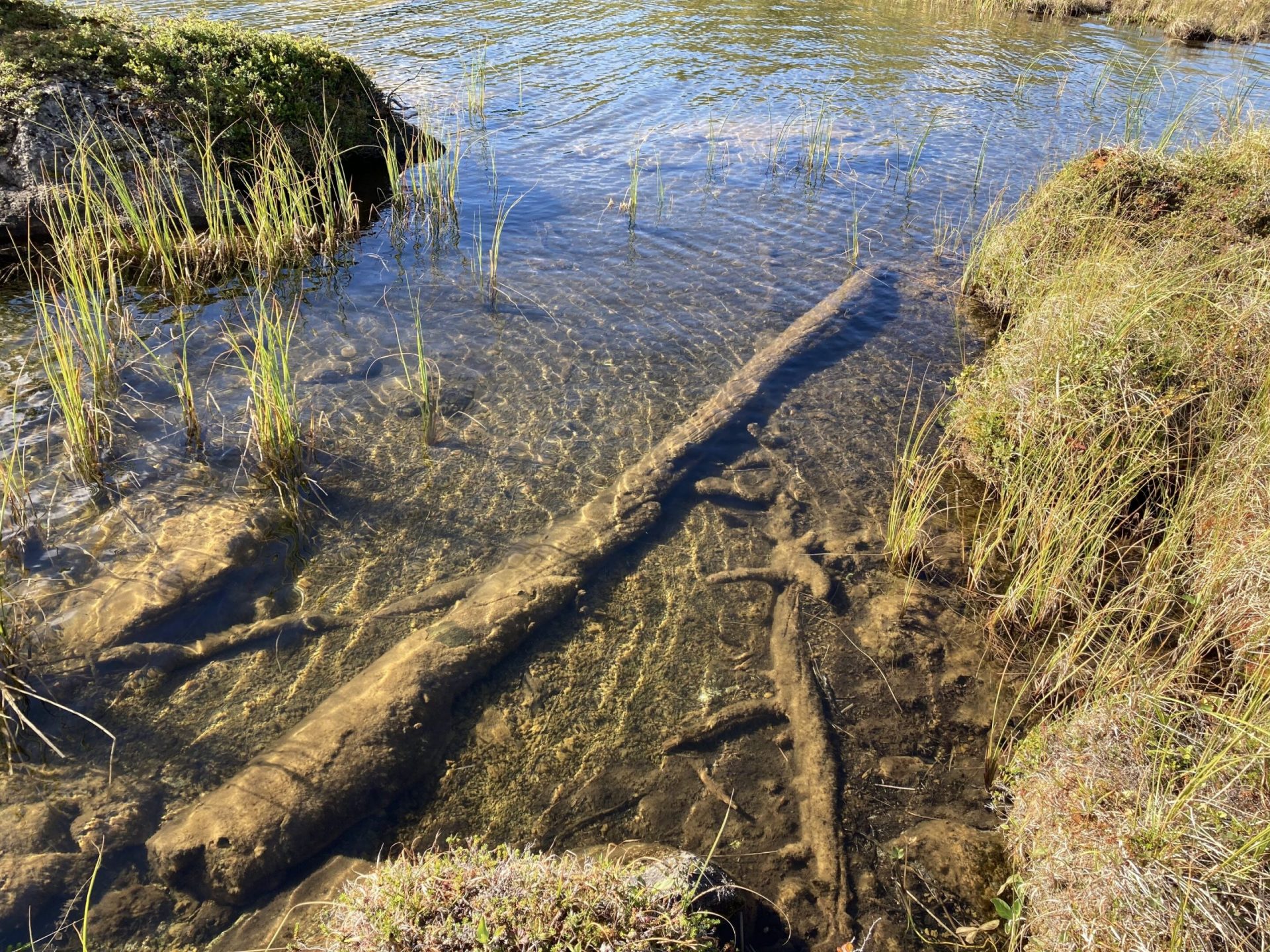Exciting new research led by Earth scientists at the University of Hawai’i at Mānoa has uncovered fascinating information about Kamaʻehuakanaloa, a submarine Hawaiian volcano. Located about 20 miles off the south coast of the Big Island of Hawai’i, this volcano has erupted at least five times in the last 150 years. The team was able to estimate the ages of these eruptions, as well as eight additional older eruptions dating back 2,000 years. Their findings were recently published in Geology.
Hawaiian volcanoes go through different growth stages, and Kamaʻehu is currently in its earliest submarine “pre-shield” stage. In contrast, the neighboring volcano Kīlauea is in its main shield-building stage.
“Kamaʻehu is the only active and exposed example of a pre-shield Hawaiian volcano,” said Aaron Pietruszka, lead author of the study and associate professor in the Department of Earth Sciences at the UH Mānoa School of Ocean and Earth Science and Technology (SOEST). “There is great interest in learning about the growth and evolution of Kama’ehu, as this early part of the volcanic history is usually covered by the massive outpouring of lava during the shield stage.”
Unveiling Kama’ehu’s History
Until now, the only confirmed eruption of Kamaʻehu was the one in 1996, which was discovered due to a swarm of earthquakes detected by seismometers on the Big Island. To determine the ages of older eruptions, the team used a different approach.
“Seismometers can only detect ongoing active eruptions of submarine volcanoes because earthquakes are transient,” explained Pietruszka. “We used a mass spectrometer to measure radium-226 in pieces of quenched glassy lava sampled from the seafloor outcrops of Kamaʻehu using a submersible.”
Magma naturally contains radium-226, which decays at a predictable rate. By measuring the amount of radium-226 in each sample, the team could estimate the time elapsed since the lava erupted on the seafloor, providing insight into the eruption age of the sample.
Pietruszka began this investigation during his time as a postdoctoral researcher at the Carnegie Institution for Science. After returning to UH Mānoa, he gained access to submersible dive videos and photos around Kama’ehu, which helped confirm their estimates of eruption ages.
“I was surprised to discover that Kama’ehu had erupted five times within the last ~150 years, with an average frequency of ~30 years between eruptions,” shared Pietruszka. “This is much slower than Kīlauea, which erupts almost continuously.”
Chemical Changes in Lava
The chemistry of lava from Hawaiian volcanoes changes over time. The eruption ages of Kama’ehu’s lavas, combined with lava chemistry measurements, revealed that the timescale of variation in lava chemistry at this pre-shield volcano is about 1,200 years. In contrast, Kīlauea’s lava chemistry changes over a much shorter timescale of a few years to decades.
“We believe this difference is related to the position of the two volcanoes over the Hawaiian hotspot,” explained Pietruszka. “Our results provide independent confirmation that the center of a mantle plume, which ultimately forms the magma supplying Hawaiian volcanoes, rises faster than its margin.”
The research team hopes that their findings will contribute to a better understanding of how Hawaiian volcanoes evolve from their earliest stages to their full maturity. This knowledge will help shed light on the deep controls of volcanic eruptions that originate within the mysterious mantle plume beneath the Hawaiian hotspot.
